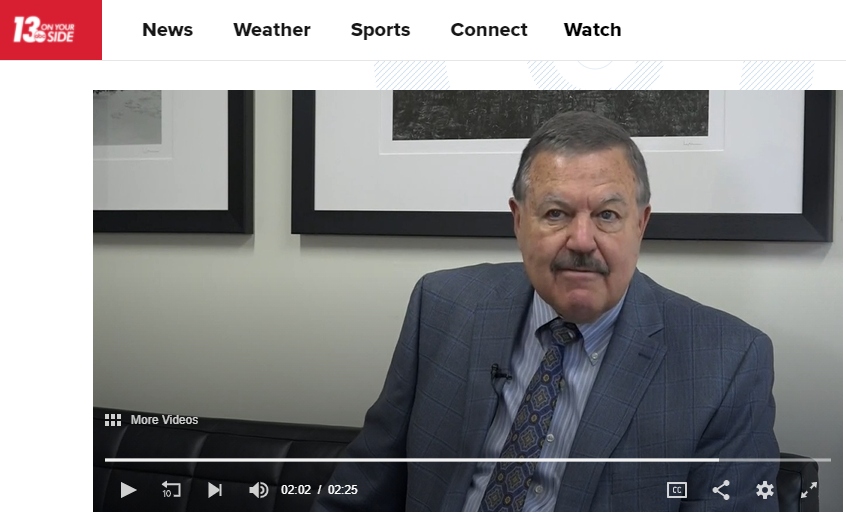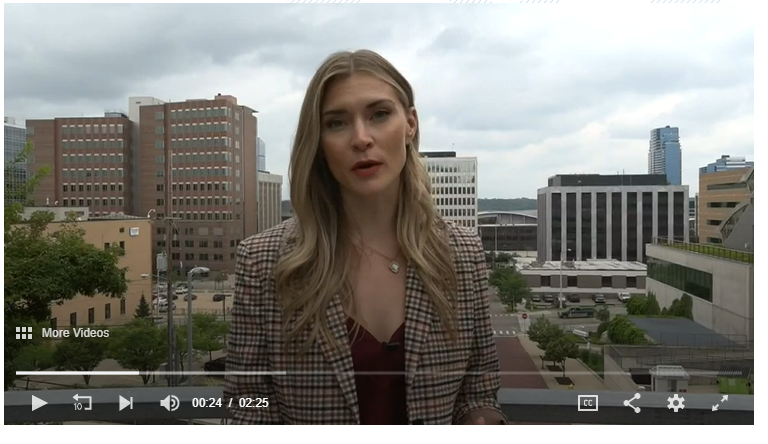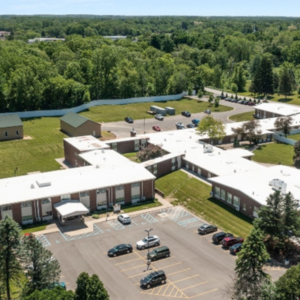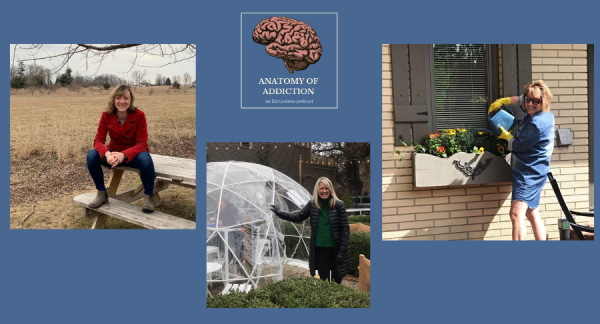Escalating Overdose Deaths 2020 – WZZM13 Interview

Sanford Chief Medical Officer, Gilbert Al Masterson, M.D.
The Centers for Disease Control and Prevention (CDC) just released their provisional drug overdose death counts for 2020. Based on mortality data, 93,000 people in the US died from drug overdoses in 2020. This represents an increase of 29% over 2019. (West Michigan currently shows a 16% increase, with incomplete data.)
The drug categories included are heroin; natural opioid analgesics (e.g., morphine, codeine, oxycodone, hydrocodone, hydromorphone, and oxymorphone); methadone; synthetic opioids (e.g., fentanyl and tramadol); cocaine; and psychostimulants with abuse potential including methamphetamine.
Depression, anxiety, isolation, and substance use are all over the top. What’s more, 1 out of 5 who have had a coronavirus infection, will end up having a depression or anxiety crisis in the six-months following their diagnosis.
Gilbert Al Masterson, M.D., Sanford Chief Medical Officer
Escalating Overdose Deaths 2020 – WZZM13 Interview
Thanks to WZZM13 and reporter, Alana Holland, for their informed interview with Sanford Chief Medical Officer, Gilbert Masterson, M.D.. For the interview, click the link below:
If you or a loved one are looking for help/treatment for a mental health or substance use disorder, call Sanford Behavioral Health at 616.202.3326




